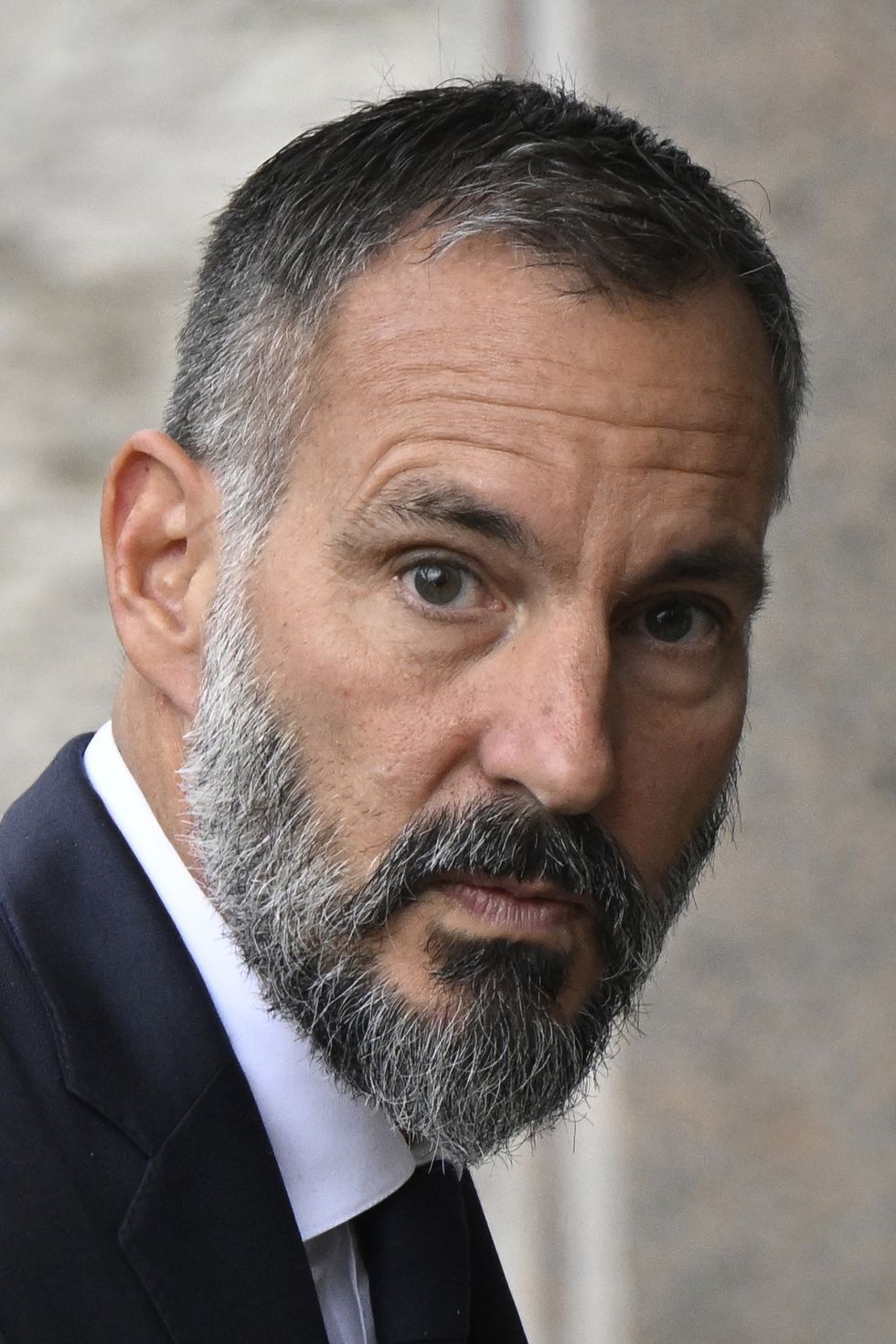NEXT Wednesday (2), there will be a commemoration event at the site of the statue of Mahatma Gandhi – to mark his 150th birthday – in London’s Parliament Square.
The statue, sculpted by Philip Jackson, is a stunning example of its kind. Jackson worked from a photograph of Gandhiji just outside 10 Downing Street during his last visit to London for the second session of the Round Table conference in 1931.
Mohandas Gandhi loved London. He had arrived just before his 19th birthday, a nervous, unsure young man from Porbandar in Gujarat, desperate to emulate what he thought the British style of living was. When he left three years later, he had grown into a confident
young person, an English barrister as he styled himself.
He had met more local, British people than other Indians visiting as students. His search for a vegetarian restaurant brought him into contact with an exotic crowd of anarchists, socialists, health faddists and Christians, not always separate categories. His mother’s insistence that he promise not to eat meat or to drink alcohol was validated by his new friends who identified with the young man.
Mohandas learned new ideas about nature’s cure for illnesses, to draft petitions and run campaigns. He acquired the courage to start a branch of the vegetarian society in his Paddington neighbourhood, inviting Edward Arnold – the famous translator of the Bhagavad Gita – to be chairman, with himself as a secretary. The shy young man from Porbandar had come a long way in a short period. As he himself said, if he was not living in India, his choice would be to live in London.
The idea of having a statue of Gandhi in Parliament Square had occurred to me very often as I walked past those of Nelson Mandela and Field Marshal Jan Chistiaan Smuts, two South Africans who were aware of Gandhi. Mandela derived inspiration from him and Smuts was a wary contemporary who found the ‘saint’ hard to work with.
In 2015, I got a call from a friend in David Cam Cameron’s government that it was a plan for me to be involved as a fund raiser. I readily agreed, not knowing the hard work that lay ahead.
An announcement was made in July 2014 at the Birla Bhavan in Delhi, where Gandhi was
shot during his prayer meeting. Then foreign secretary (Lord) William Hague and then chancellor of the exchequer, George Osborne, announced the plan with me standing beside them. As the UK government had wanted to unveil the statue early the following year, there was not much time to accomplish the task.
Sajid Javid was the secretary of state for culture sport and media, and he had a group set up to follow the project through. At the time we thought we needed about £750,000. We set up a website and waited for donations to flow online. I wrote to every member of the House of Lords appealing for funds. People were uncertain as to why the trust had only
the two of us (me and my wife) as trustees. ‘Was this a miyan-bibi (husband and wife) racket?’ one potential donor asked me.
But there were many helpful people. Priti Patel was supportive as was Dr (now Lord) Rami Ranger, who gave a substantial amount. Even so, it was a nerve-wracking business. We got a steady trickle of small donations from around the world. Lakshmi Mittal questioned me closely about the trust and then gave a substantial donation.
Our real breakthrough came, though, by accident, or rather my idea of a joke, which someone took seriously. When asked by Indian journalists as to how I intended to publicise the idea, I said I was going to squat by the site for 24 hours. That was announced in India as I going on a fast unto death to raise the money. I thank the person who made this mistake as I got a call from the Indian industrialist Rahul Bajaj telling me he would contribute a large sum, but that I should abandon the fast!
Then, over Christmas, more donations poured in – from Infosys co-founder Narayan Murty’s Trust, from Infosys and others. (All the donations of £1,000 and above were published in a book edited by my wife Kishwar and myself, which has photographs of Gandhiji and an article by Gopal Gandhi among others).
The money poured in and we collected more than was required. One memorable moment was to visit Jackson’s studio to see the statue in its clay model form before it was sent to the foundry – it was beautiful. Later we saw it again in the evening prior to its installation.
Cameron was there, as was Arun Jaitley (India’s then finance minister, who passed away recently). Indian actor Amitabh Bachchan flew in for the occasion as did Gopal Gandhi.
Mahatma Gandhi acquired his rightful place in his favourite city, at the centre of the Empire whose demolition he began, not far from Winston Churchill, his principal detractor, and between Smuts and Mandela with Abraham Lincoln behind him at a respectable distance.
Many people helped in this endeavour, and hopefully hundreds – if not thousands – will enjoy visiting the site.
Lord Desai headed the committee which raised funds for the Gandhi statue in Parliament Square.



















 His Highness Prince Rahim Aga Khan V
His Highness Prince Rahim Aga Khan V


Lord Meghnad Desai: Gandhi at 150 in London